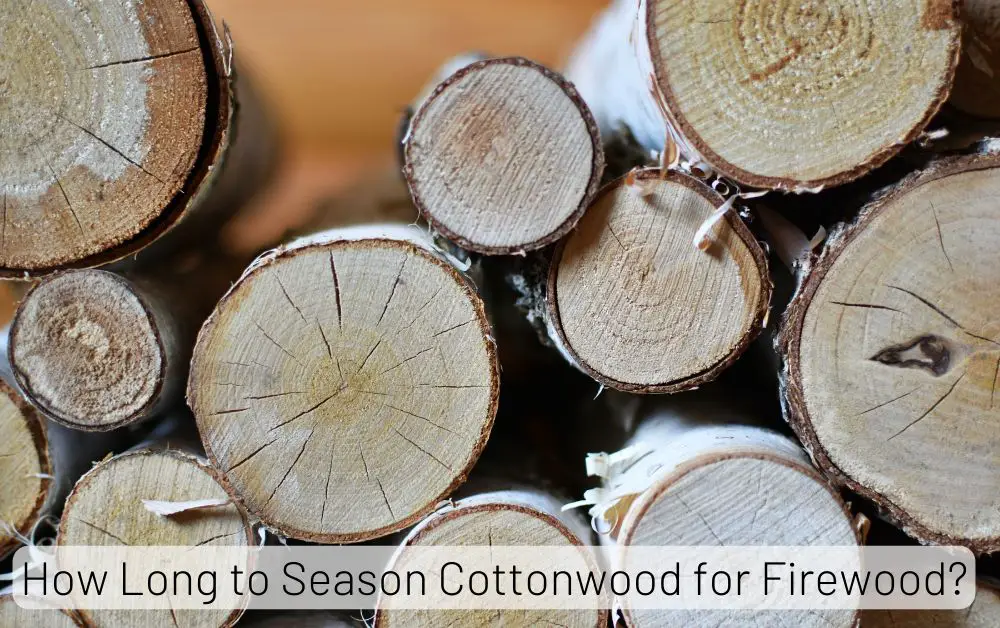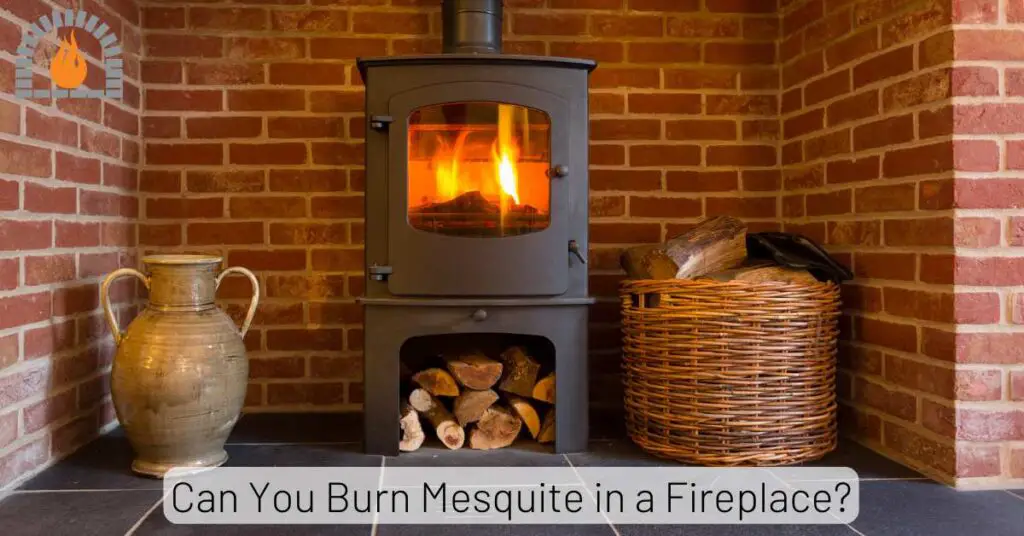In the world of firewood enthusiasts and avid fireplace users, the quest for the perfect burning wood is an ongoing pursuit. Among the myriad options available, one often-overlooked contender is lilac wood. So, can you burn lilac wood?
Overview
Lilac wood is safe to use as firewood because it produces moderate heat with good coaling properties. Lilac wood can contribute to a warm and inviting atmosphere when properly seasoned.
| Property | Lilac Wood |
|---|---|
| BTU (British Thermal Units) | 24.0 million BTUs per cord. |
| Coaling Property | Low to Moderate |
| Smoking Nature | Low |
| Sparking Nature | Low |
| Ease of Splitting | Moderate |
| Ease of Seasoning | Good |
Before delving into its burning qualities, let’s familiarize ourselves with the lilac tree. Known for its aromatic blossoms and ornamental appeal, lilac trees (genus Syringa) are a common sight in gardens.
The wood from these trees is sturdy and has a distinct aroma, making it an intriguing choice for those seeking a unique burning experience.
Can You Burn Lilac Wood?
Yes, you can burn lilac wood in fireplaces or wood stoves. However, Lilac wood is not very dense, and the branches are often small and may burn quickly and not produce as much heat as other types of firewood.
It’s essential to ensure that lilac wood is correctly seasoned. Fresh or green wood contains a high amount of moisture, which can lead to inefficient burning, excessive smoke, and the potential for creosote buildup in chimneys.
Pros of Lilac Wood as Firewood
-
Aromatic Qualities: Lilac wood often has a pleasant fragrance when burned, adding a lovely scent to the surroundings.
-
Readily Available: Lilac bushes are commonly found in gardens and landscapes, making the wood relatively easy for those with access to these plants.
-
Decent Heat Output: Lilac wood can provide moderate heat when burned, making it suitable for heating smaller spaces.
-
Suitable for Cooking: Some people use Lilac wood for smoking or grilling due to its aromatic properties, adding a unique flavor to food.
-
Attractive Flame: Lilac wood can produce a visually appealing flame with a distinct color, making it enjoyable for decorative purposes.
Cons of Lilac Wood as Firewood
-
Low Energy Density: Compared to some hardwoods, Lilac wood may have a lower energy density, meaning it produces less heat per unit volume. This makes it less efficient for heating larger spaces.
-
Rapid Burning: Lilac wood tends to burn relatively quickly, which may require more frequent replenishment in a fire or stove.
-
Moisture Content: Like many softwoods, Lilac wood can have a higher moisture content, leading to increased smoke production, lower heat output, and potentially more creosote buildup in chimneys.
-
Hard to Split: Some Lilac wood can be challenging to split due to its interlocking grain, making it less convenient for those needing to process their firewood.
-
Limited Availability: While Lilac bushes are ordinary in gardens, the amount of wood available may not be sufficient for those who rely solely on firewood for heating.
Moisture Content: A Crucial Factor
One crucial aspect to consider when burning lilac wood is its moisture content. Like any other firewood, ensuring the wood is adequately seasoned is essential.
Burning green or wet lilac wood can lead to inefficient combustion and the production of excessive smoke.
BTU Value of Lilac Wood
24.0 million BTUs per cord.
While lilac wood may not be as high in BTU as some hardwoods, it still provides a respectable amount of heat. Lilac wood can contribute to a warm and inviting atmosphere when properly seasoning.
Preparing Lilac Wood for Burning
Proper preparation is key to optimizing your lilac wood-burning experience. Ensure the wood is seasoned for at least six months to a year, reducing its moisture content to an optimal level. Cut the wood into manageable sizes, allowing for efficient burning and a more extended, sustained fire.
Related Post: How Long to Season Cottonwood for Firewood?
Mixing Lilac Wood with Other Firewoods
Experimenting with different wood combinations can enhance your overall fire experience. Consider blending lilac wood with other hardwoods for a unique and aromatic fire. This not only adds variety to your firewood collection but can also create captivating flames.
Affiliate Disclosure: Fireplaceadviser.com is a participant in the Amazon Services LLC Associates Program. We may earn a commission when you click on certain links on this site and purchase.

Hello!! I am Jamal Khan. I often fix my home electric heaters and gas stove problems and research the common issues in the heating units to improve my knowledge and expertise. The aim of establishing fireplaceadviser.com is to share my expertise and knowledge with my audience.


















